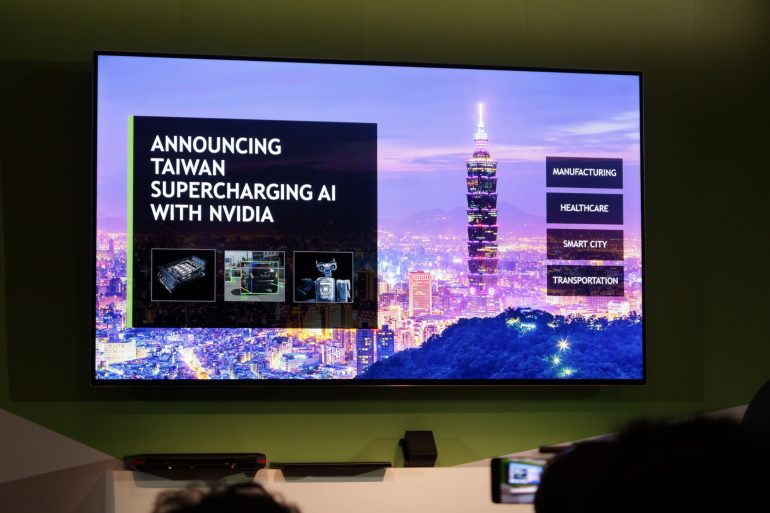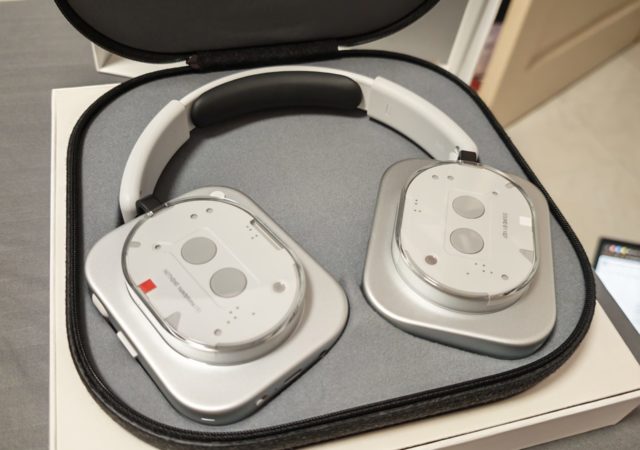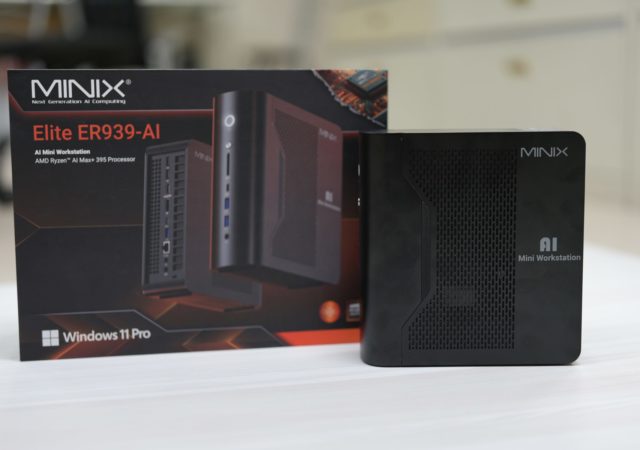TAIPEI—Computex—June 4, 2018— NVIDIA and Taiwan’s Ministry of Science and Technology (MOST) today announced an extensive collaboration that will advance Taiwan’s artificial intelligence capabilities.
Announced at the start of Computex 2018, the partnership will extend over the next decade to build up local deep learning and associated AI technologies.
“Taiwan was at the centre of the PC revolution and now it is investing to play an important role in the next era of computing,” said Jensen Huang, founder and chief executive officer of NVIDIA. “With the essential infrastructure and tools, the rich talent in Taiwan’s schools and industry will create world-changing breakthroughs in science and society.”
Taiwan Premier Lai Ching-te expressed enthusiasm for the collaboration, which he called essential to sharpening national competitiveness.
“Taiwan is committed to be an important global player in the AI ecosystem,” Premier Lai said. “NVIDIA is the leader of AI computing in the world. By collaborating with NVIDIA, we will gain the expertise and technical platforms to train AI talents, build the strongest AI ecosystem of both software and hardware, and further reshape the world with our own technologies and services of AI.”
The collaboration is focused in five key areas:
- Supercomputing infrastructure. NVIDIA and Taiwan government agencies will co-invest to bring NVIDIA’s most advanced technology to Taiwan, including the new NVIDIA® HGX-2™, which fuses AI and high performance computing into a single platform.
- NVIDIA Research, a global organisation that includes some of the world’s best computer scientists, will collaborate with Taiwan researchers and startups to exchange best practices.
- NVIDIA will expand its Deep Learning Institute — which has provided developers worldwide with hands-on training for beginning and advanced AI techniques to train thousands of Taiwanese developers on the latest AI capabilities.
- Taiwan agencies and NVIDIA will work together to help Taiwan AI startups through NVIDIA’s Inception startup accelerator program, which is helping more than 2,800 young companies globally.
- Joint investment in developing AI solutions for key vertical markets for Taiwan, including manufacturing, healthcare, safe cities and transportation.
Building on Grand Plan
The announcement extends the Taiwan Ministry of Science and Technology’s “AI Grand Plan,” which was unveiled last year. Last month, MOST unveiled its Taiwania HPC supercomputer powered by NVIDIA technology. And last week, it selected NVIDIA for an AI supercomputer powered by 2,000 NVIDIA Tesla® V100 32GB Tensor Core GPUs with access to the NVIDIA GPU Cloud™ (NGC) container registry of AI-optimised software.
Speaking last Wednesday to more than 2,200 technologists, developers, researchers and business executives at NVIDIA’s GPU Technology Conference Taiwan, Huang described a series of AI initiatives underway in Taiwan. These address a range of pressing domestic issues in such fields as manufacturing, healthcare and transportation, which align with the government’s focus on furthering AI.
Among the five examples he cited:
- Foxconn drives superhuman inspection accuracy in manufacturing. Using GPU-powered deep learning with NVIDIA HGX-1 and Tesla P4 GPUs, Foxconn is slashing its manufacturing defect detecting “escape rate.” It has cut the rate to 0.015 percent from the 4.3 percent rate expert human inspectors can achieve — a 287x performance improvement.
- China Medical University Hospital attacks Asia’s highest cancer fatality rate. Using the NVIDIA DGX-1™ supercomputer, CMUH and Eddie Huang — a post-doc student from MOST — developed an AI to detect liver cancer. The AI diagnostic “super assistant” is especially important on Taiwan, which has Asia’s highest cancer fatality rate.
- National Taiwan University addresses locally acute cancer type. Working with Dr. Winston Hsu, NTU has made breakthroughs in detecting nasopharyngeal carcinoma, a rare head and neck cancer that’s locally prevalent due to diet and environmental factors. NVIDIA DGX-1 enabled Dr. Hsu to combine CT scans with AI-generated MRI images into one algorithm — improving detection rates by as much as 36 percent.
- Taoyuan City makes its streets safer. Taiwan’s third-largest city is pushing development of autonomous vehicles to cut back on accidents and carbon emissions, while improving the productivity of trucks, taxis and buses. It is using the NVIDIA DGX Station™ deskside supercomputer for AI model training and the NVIDIA DRIVE™ PX2 autonomous driving computer as it works to have 30 percent of its fixed-route buses equipped with autonomous capabilities by the start of the new decade.
- Tainan City girds against typhoons. The municipal government of Taiwan’s fourth-largest city is deploying drones, with AI software developed using NVIDIA DGX-1 systems, to monitor the structural integrity of the city’s 1,650 bridges. By evaluating their risk to potential damage from flooding, earthquakes and mudslides, it can fix bridges before the next typhoon hits.
About NVIDIA
NVIDIA’s (NASDAQ: NVDA) invention of the GPU in 1999 sparked the growth of the PC gaming market, redefined modern computer graphics and revolutionised parallel computing. More recently, GPU deep learning ignited modern AI — the next era of computing — with the GPU acting as the brain of computers, robots and self-driving cars that can perceive and understand the world. More information at http://nvidianews.nvidia.com/.






